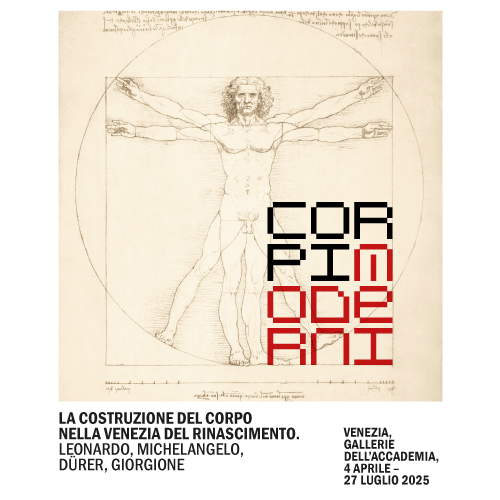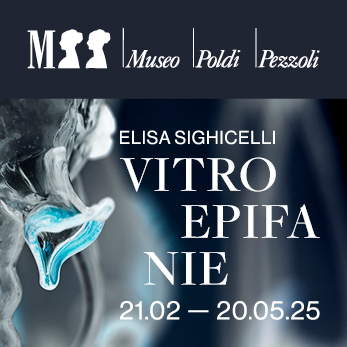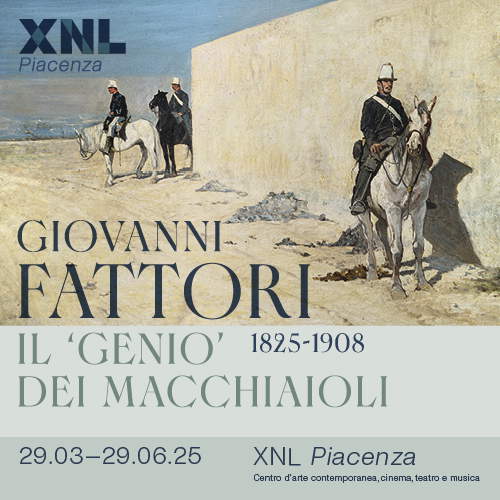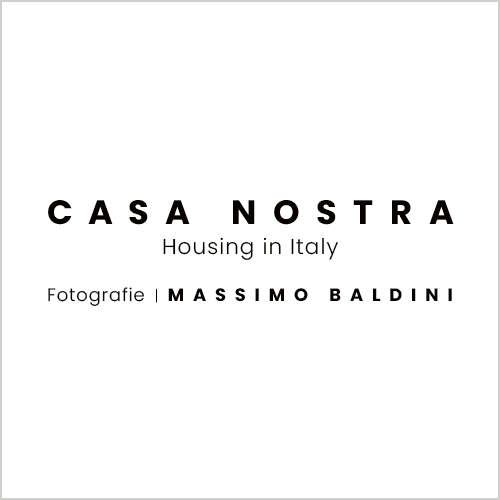Inhabiting the home of one of the great masters of art. Alessandra Spranzi at Casa Morandi
Artists’ house museums are precious places that are difficult to design because of the oxymoronic need to let visitors enter (with due security measures), a space that was originally private, to make traceable and legible the imprints of the creative personality by whom it was inhabited and shaped, while preserving its secret and atmosphere. The more delicate the operation of musealization, the more the poetics of the artist in question is imbued with the suggestions coming from that environment and layered in it to the point of being largely identified with it. In Bologna, we find an emblematic example of this coincidence in the home-studio, located at Via Fondazza 36, where Giorgio Morandi (Bologna, 1890 - 1964) lived and worked from 1933 until his death (previously the family resided at number 38 on the same street), which has been open to the public since the end of 2009 at the end of a renovation project signed by architect Massimo Iosa Ghini.
Casa Morandi combines functional spaces, such as the library equipped with more than 600 volumes that can be consulted by appointment and exhibition rooms equipped with showcases that tell the story of the master’s life through photographs, books, documents and works from his collection of ancient art, heritage of the Municipality of Bologna following a donation, and private spaces, such as the atelier, antechamber and storeroom where vases, bottles, shells and study models, as well as painting tools, have found their place. These last rooms, restored as they were in the days when the artist lived there, are protected by transparent barriers that force the visitor to remain on the threshold, from which to penetrate with the gaze and imagination into the silence of Morandi’s visual meditation. There are almost no autograph works, with the exception of a small early floral painting, an etching depicting the garden of the house and the engraving Trees between two houses in Grizzana in posthumous print run, displayed next to the original plate. A visit to this place is a must for those who really want to penetrate the creative universe of Morandi, who throughout his life jealously preserved the secluded dimension of his pictorial world, protecting from outside intrusion the place where his art-making materialized through a continuous confrontation with objects. The corpus of his work, consisting of 2,850 paintings (including 1,930 still lifes, 587 landscapes, 280 paintings of flowers, 46 portraits and 7 self-portraits) is the result of an uninterrupted process of observation and meditation stretched over long periods of time, the same that the contemplation of his painting requires of the observer in order to grasp its reason, accessing and stationing with his mind along with him in the level of representation of the visible that he constantly sought.
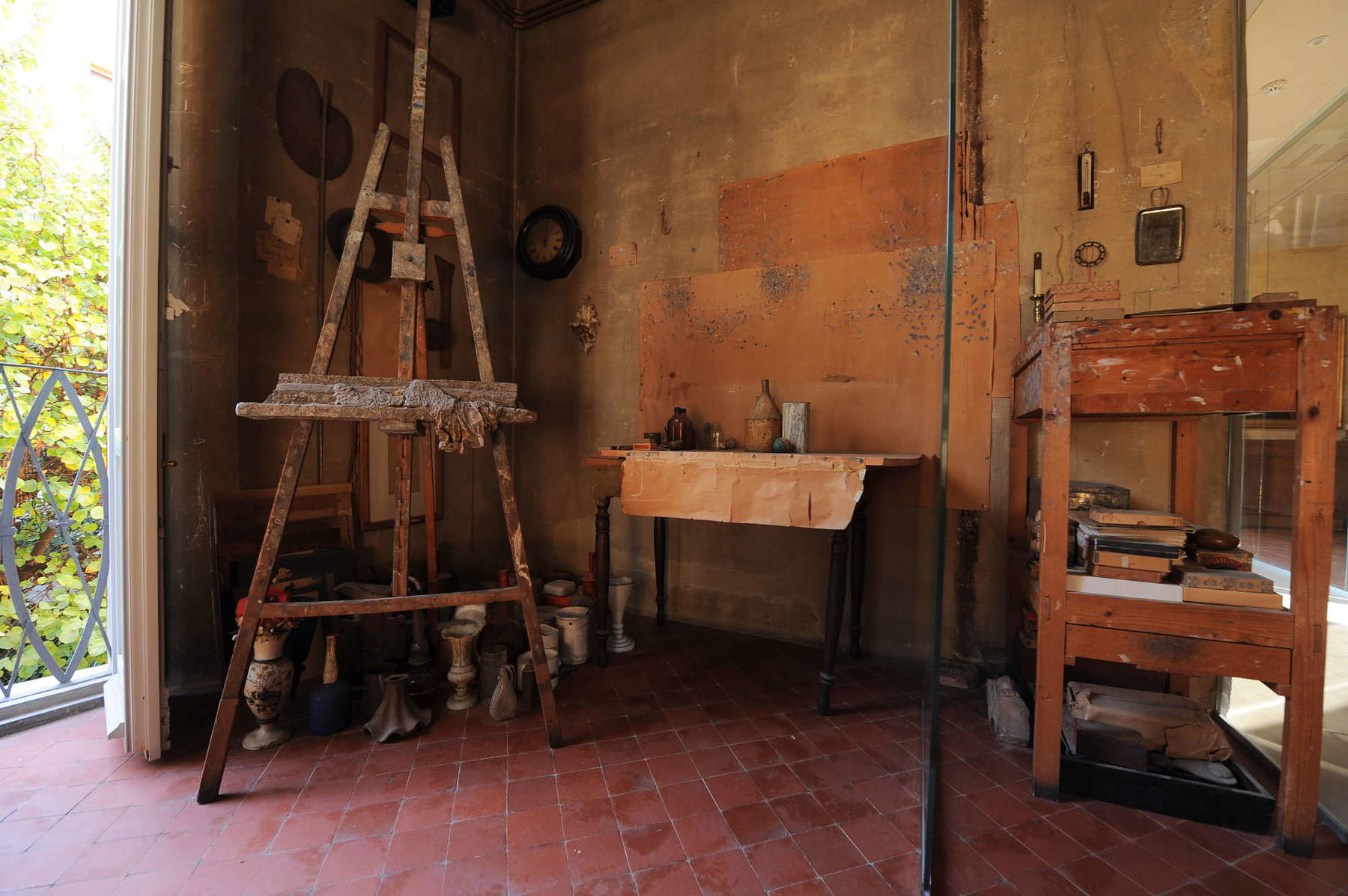
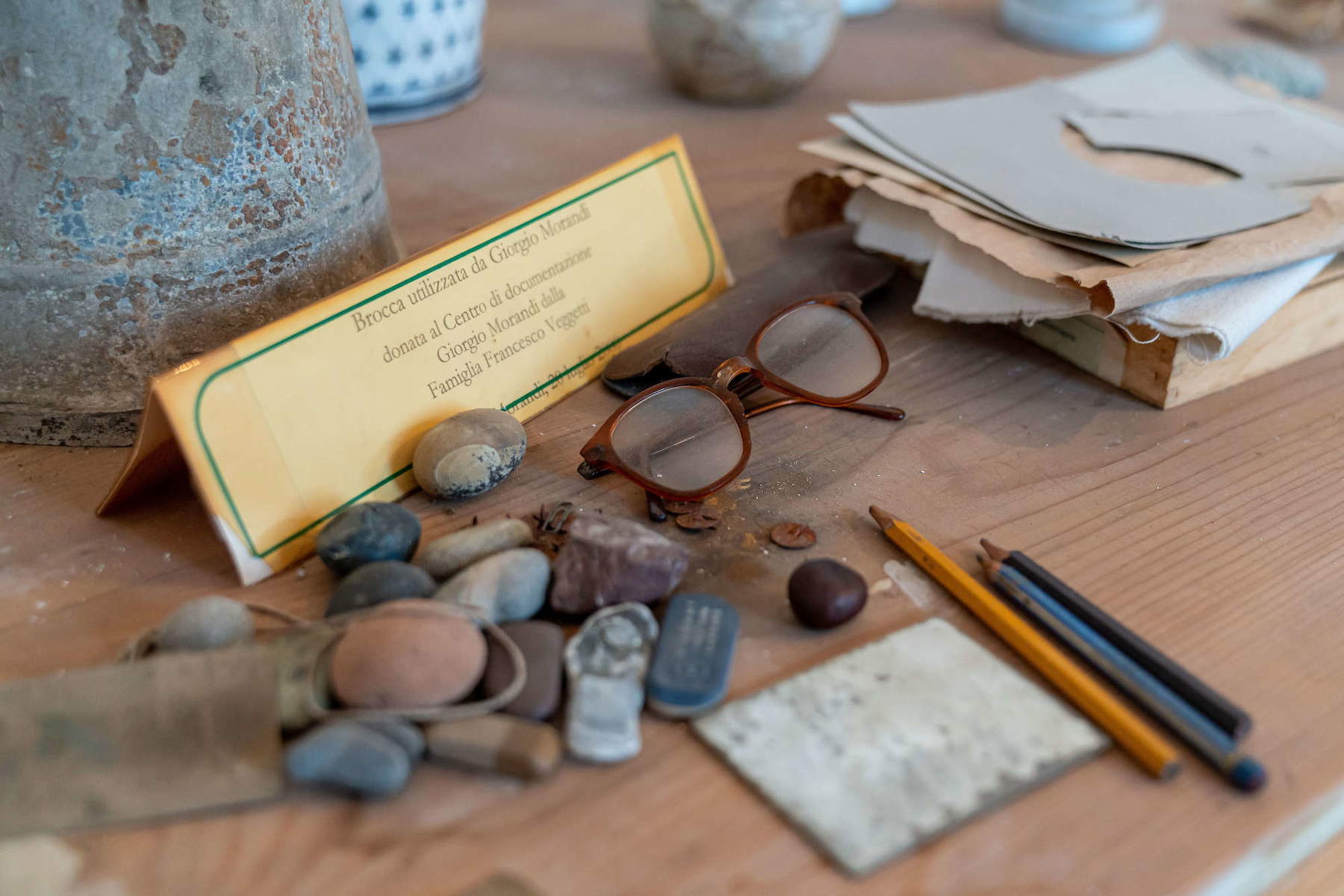
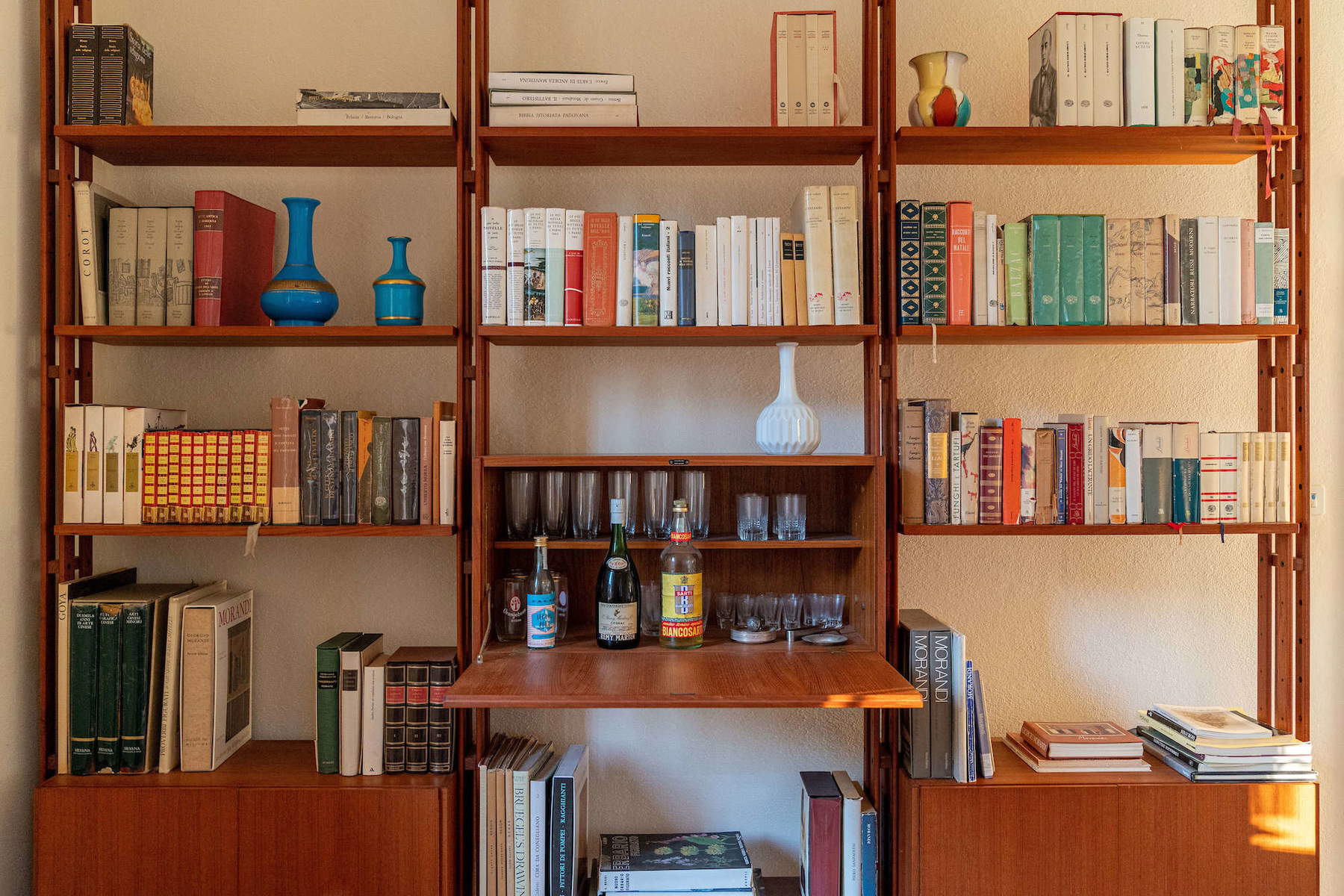
For Morandi, Art belongs to the sphere of the unspeakable, and in his being withdrawn in his studio he endlessly composed his theaters of metaphysical objects in which everything crystallized into an icy truth of order and measure through infinitesimal adjustments between space, object and color operated on the physicality of his object-subjects even before they became painting. “There is nothing more abstract than the visible,” he used to repeat, because reality is modified at the very moment it is subjected to observation. The silent enchantment of his paintings, in which tonal vibrations make forms quiver and sway, rendering them evanescent, is thus the outcome of a meticulous process of construction and composition in a studio used as if it were an optical camera naturally predisposed to descend into the act of looking through the right framing of objects in an appropriate light to find a truth made not of verisimilitude but of harmony and measures. And precisely in his studio, with the tables placed at different heights in relation to the window and easel, he had found the ideal proportions, corresponding to those he wanted to give to his painting, firmly focused on preserving the intention of what he had sought in the visible. If the setting up of a house museum raises, as we have mentioned, not a few questions, many more arise when a guest artist is summoned to that place, invited to deepen and actualize with his own intervention the figure and work of the absent host.
As usual, Casa Morandi is again this year one of the institutional venues of ART CITY Bologna, the program of exhibitions and initiatives promoted by the City in synergy with BolognaFiere under the artistic direction of Lorenzo Balbi, which for this edition will have a longer duration to allow the public to defer visits before and after Arte Fiera. Among the first events already in place, while waiting for the city to be teeming with exhibition proposals in a few days, is the exhibition (realized in collaboration with the P420 gallery) Il quale cerca solamente la sua bellezza, in the way described here by Alessandra Spranzi, for the occasion invited to compare her work with the artistic legacy of Giorgio Morandi in that space so strongly connoted. One of the most interesting artists in contemporary Italian photography, she was recruited by Lorenzo Balbi on the basis of the congeniality of her sensitivity to objects and compositional immediacy with the modus operandi of the Bolognese master. An arduous challenge, given the painter’s low tolerance for “guests” in his intimate living and working spaces and even more so for those (including his students at the Academy, as several accounts report) who wanted to venture into his inviolable artistic territory.
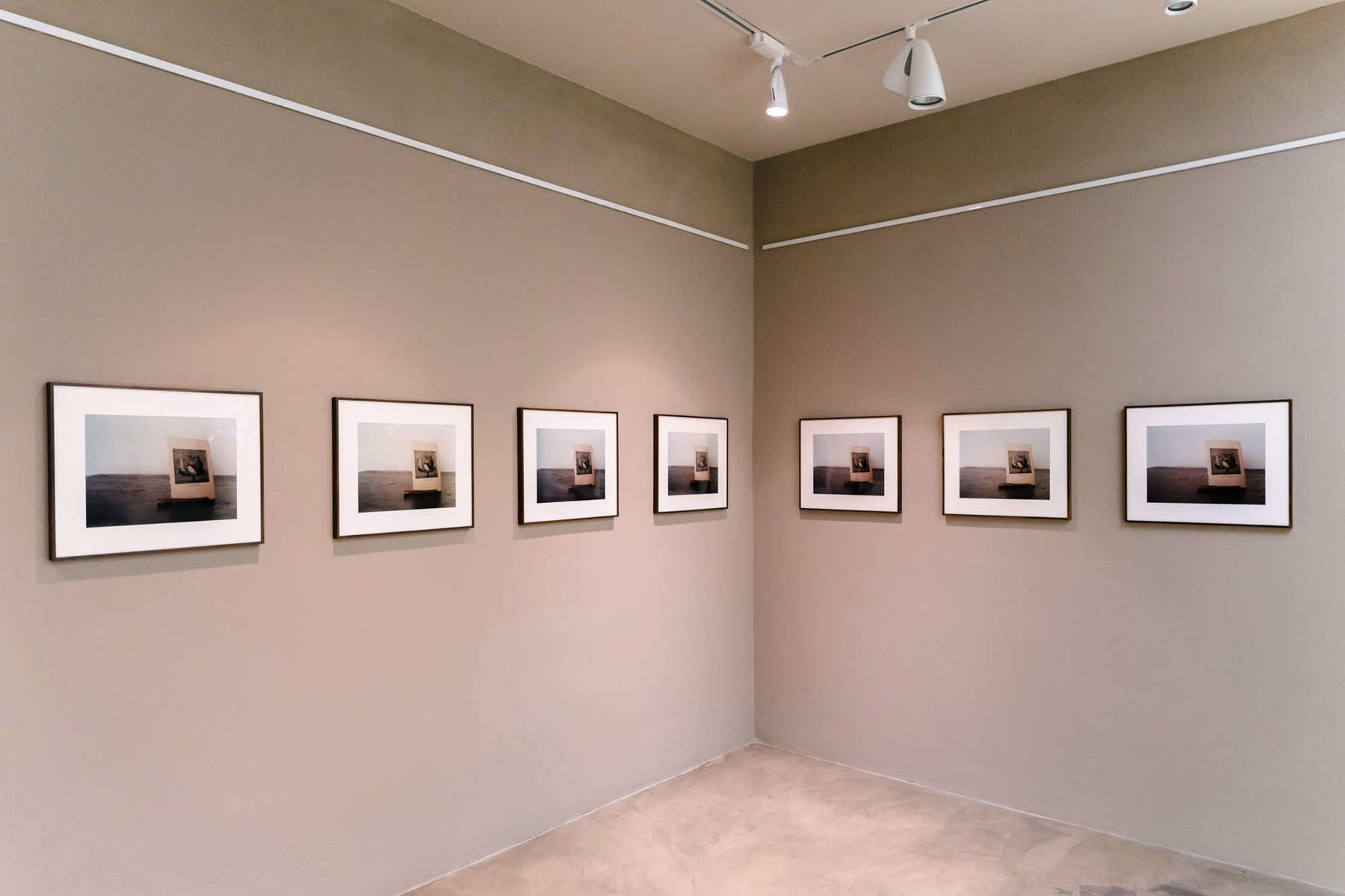
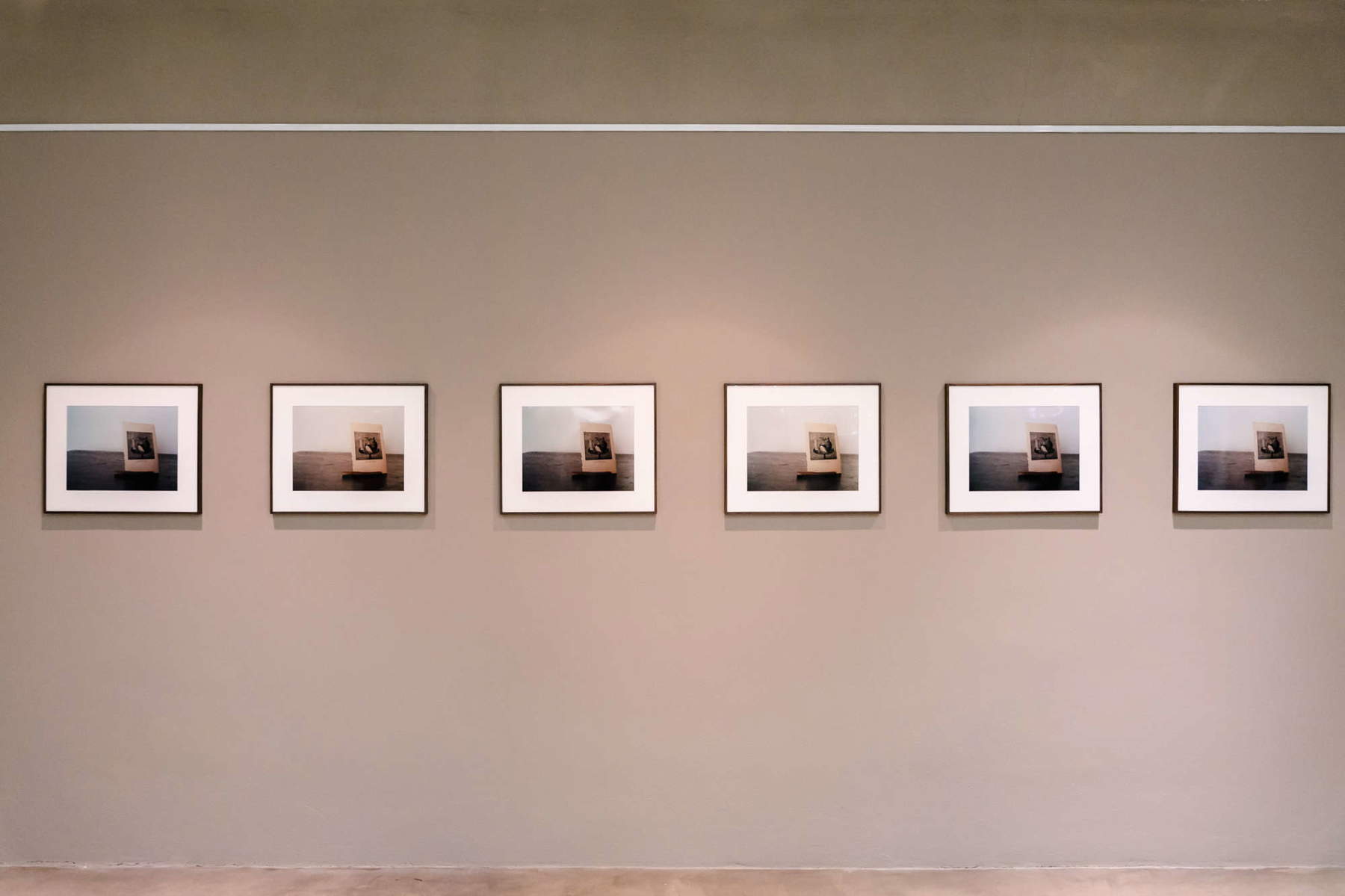
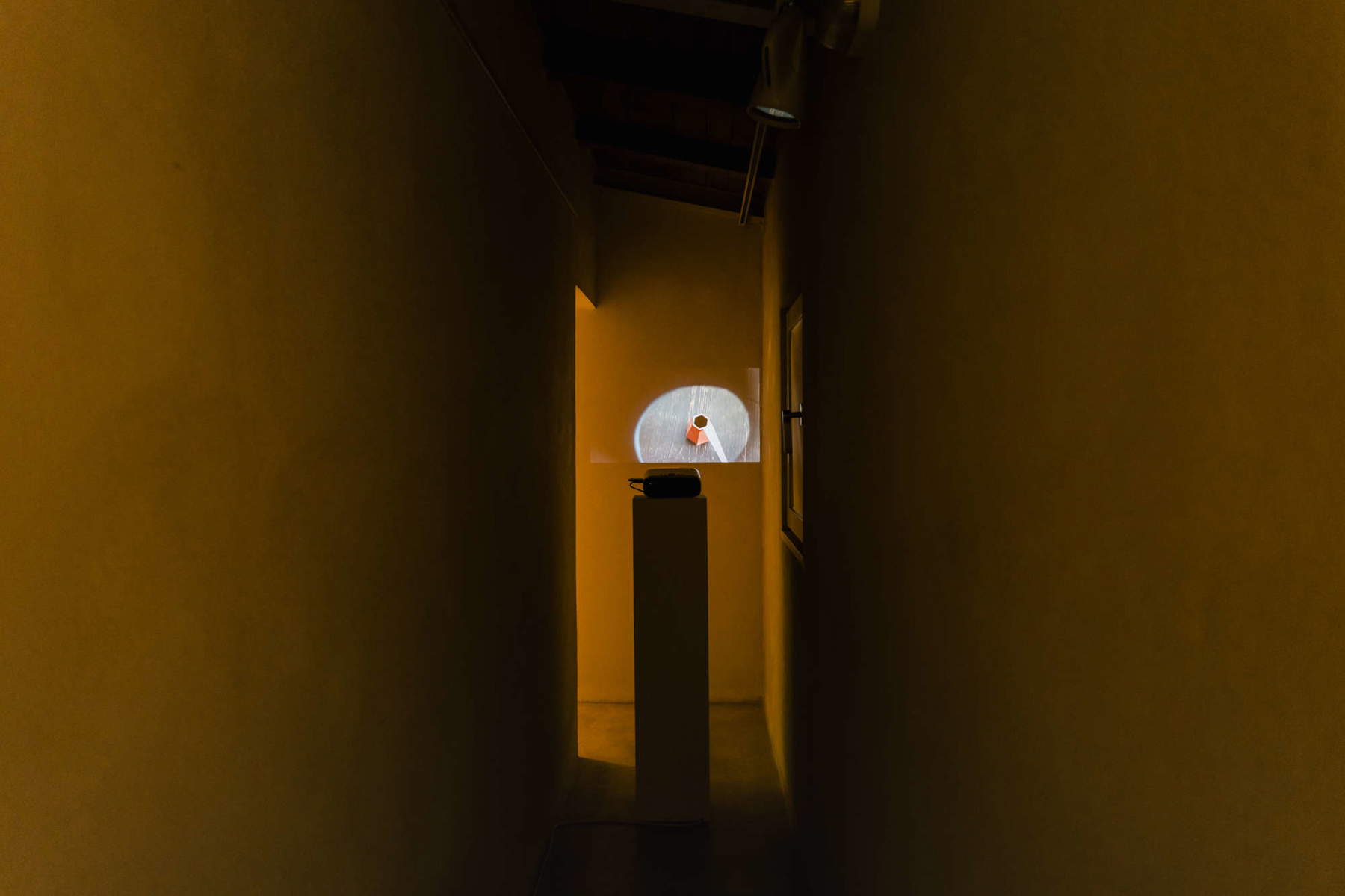
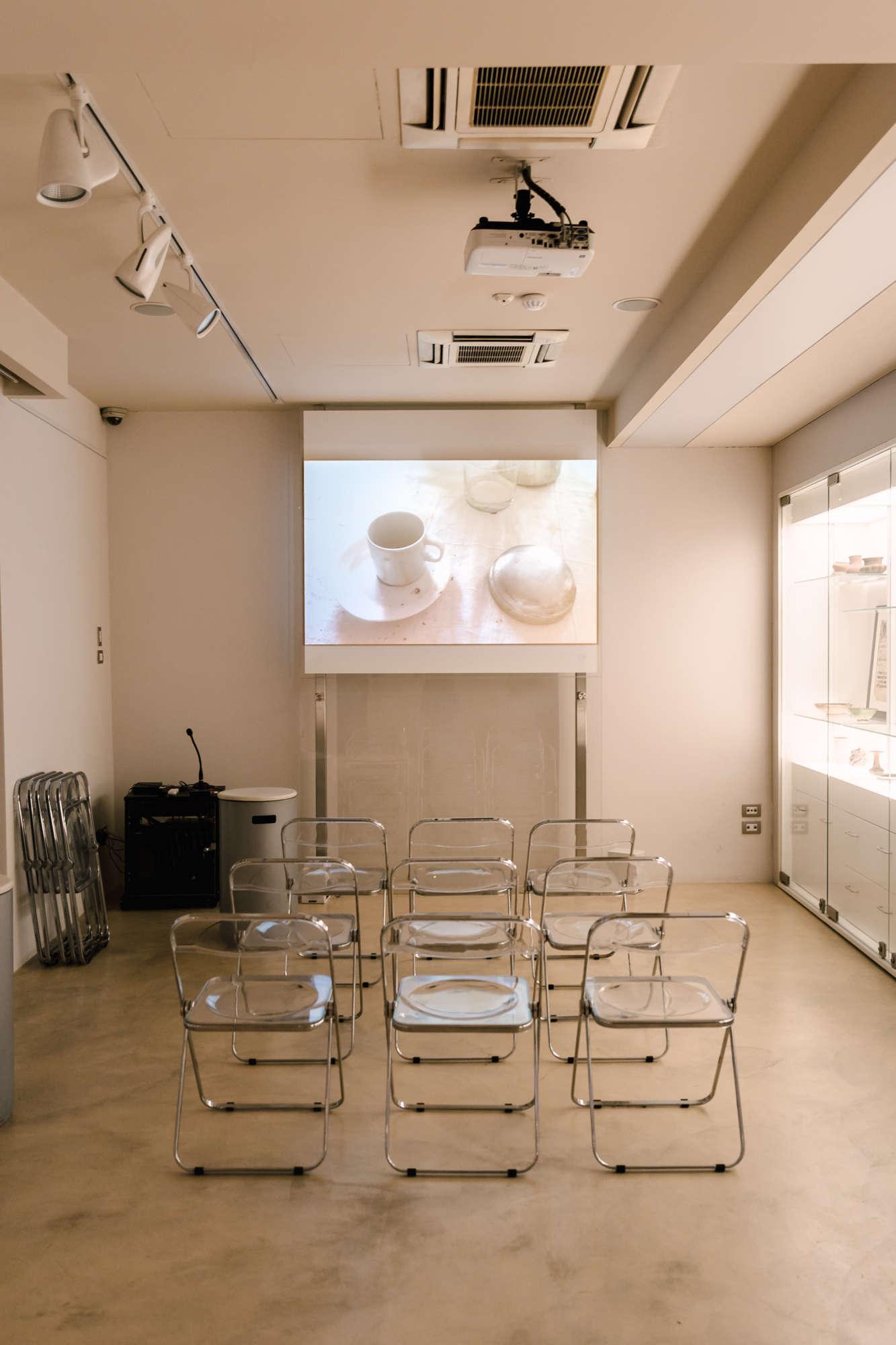
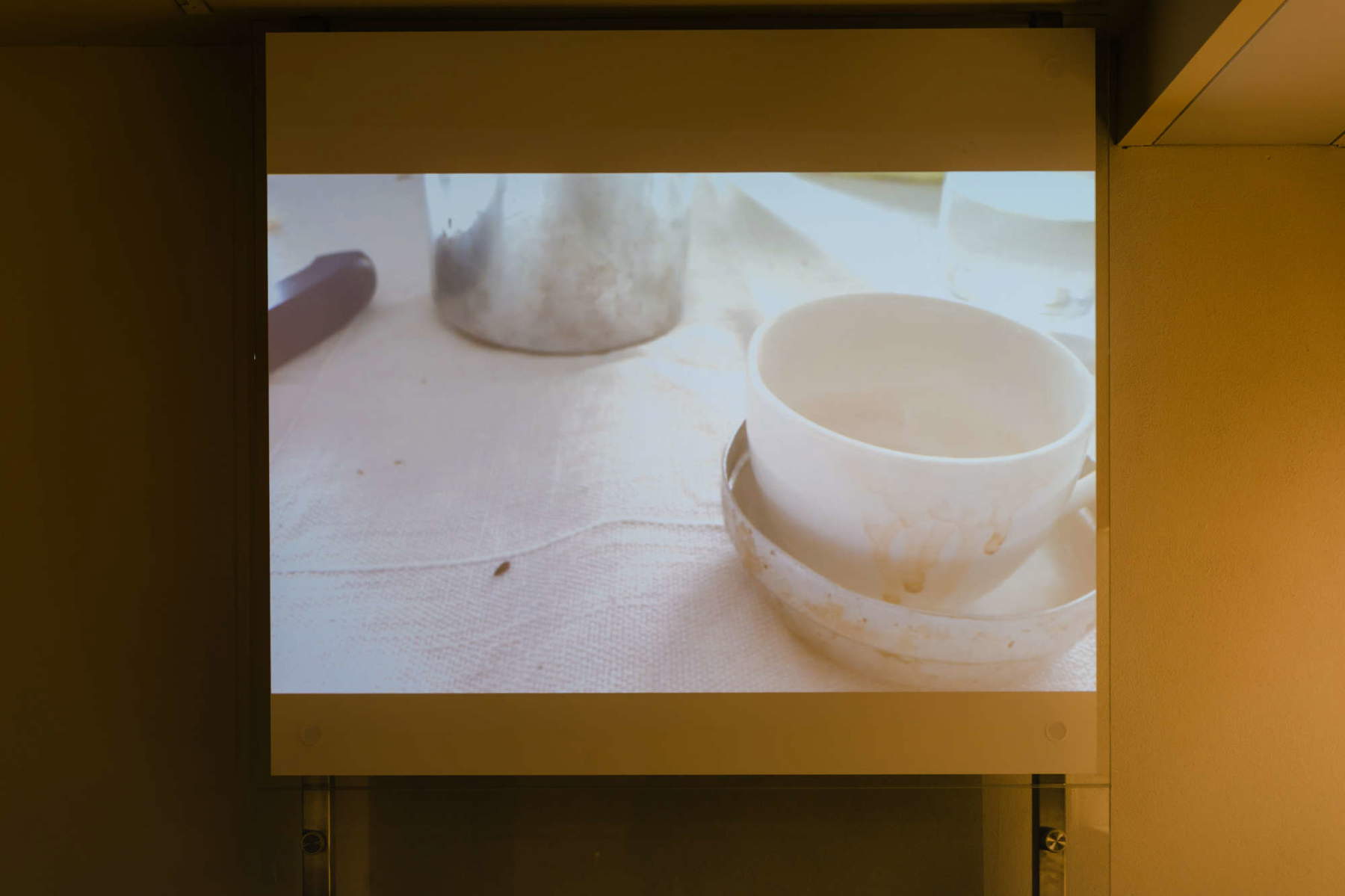
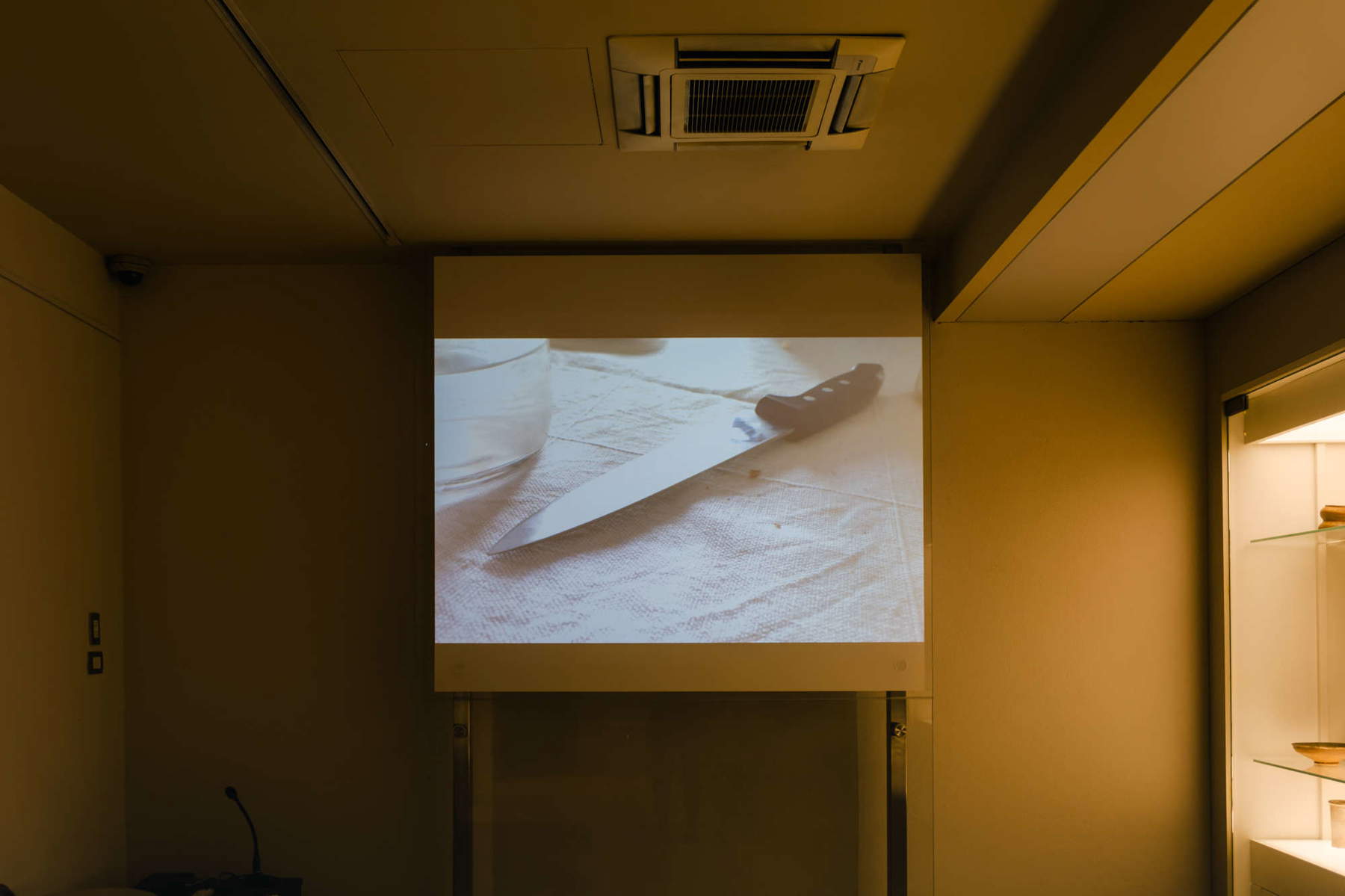
Spranzi, at first solicited by the possibility of inhabiting those almost sacred rooms by interacting with the layered furnishings of infinite gazes preserved there, then decides to change course by opting for a project that, even in the material distancing from such fetishes, manages to be as never before adherent to their intrinsic reason for being (and, consequently also for being musealized). The trigger for the new course is the memory of one of the first analog negatives, never developed, pertaining to the series On the Table (2014 - ongoing) in which the artist photographs found objects after placing them on the table in his studio, employed as a tabula rasa on which to “make things happen.” The shot in question portrayed a page torn from an old edition of the first monograph on Giorgio Morandi edited by Arnaldo Beccaria (1939, Publisher Ulrico Hoepli), purchased by her in a dilapidated condition from a stall, and a copper pipe picked up in the street used as a support to keep it balanced vertically, as if on a lectern. The image’s supporting elements are thus the result of a doubly chance encounter, the one with the book and the one with the page in question, depicting a black-and-white reproduction of a Still Life from 1920, at the time of publication belonging to the Girardon collection in New York, selected for the tear because it was less ruined than the others.
And again, a coincidence more akin to elective affinity given the chronological distance from the current project, the decision to make that shot in assonance with the Morandan gaze, restoring by conceptual means the ineffable quality of “permanent insubstantiality” of his still lifes in photography, in which the image present on the printed page appears as a thought objectified by the (real) table on which it rests. From the idea of reflecting on that work as the only direct reference to Morandi in his previous production, the need first of all to see it and then to print it for the first time, initially as a polaroid (present in the exhibition) and then more professionally by the printer. And after the first proofs, with which the artist was never completely satisfied in her intention to regain the exact colors of the original environmental set, she sensed that the way was precisely to make explicit how, in her work as in Morandi’s, the significance of the game lies in the process underlying the elaboration of the final image. Therefore, instead of choosing as he would normally have done a print as a matrix of other identical copies numbered according to the print run, he decides to create a series of ten shots (we find nine in the exhibition, for exhibition reasons) in which the subject is presented in different chromatic intonations, tracing with a growing awareness from trial to trial the painter’s maniacal meticulousness in seeking the perfect equivalence of the painted image with his thought of things. Each picture is unique since it would be impossible to reprint that tone at a later time with exactitude, and the potentially infinite multiplication draws on the same unreasonable precision in intentions that guided the master in his countless variations of the same composition. The progression of chromatic virages more or less perceptibly oriented toward the accentuation of the yellow, blue or red dominant, required from the author the same kind of attention and concentration that Morandi had for the nuances of the paintings and the hatches of the engravings, and from the observer the same silence in close contemplation to go beyond the description invoked by his paintings. Moreover, the aesthetics of the shots, intriguing in its being essential and almost ordinary, refers once again to the dodgy attitude of Morandi’s painting, as a search for beauty understood as the precise individuation on canvas of a certain visual declination of the depicted subject, mentally established a priori.
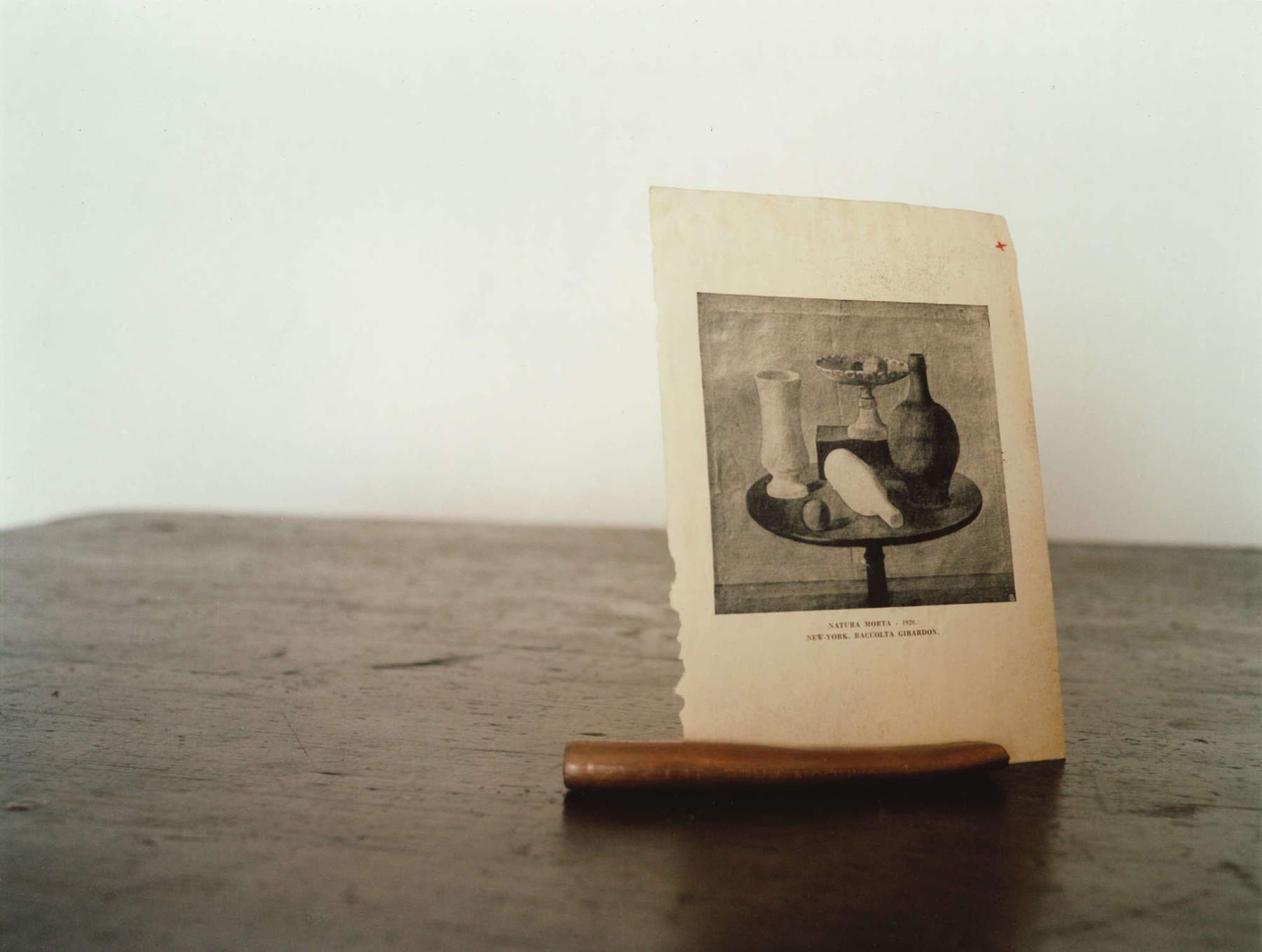
Complementing this new production, entitled Sul tavolo #80 (2014-2024), the reflection on Morandi is deepened through two video installations of existing works, further attesting to the distant affinity between the two artists “in interpreting objects and circumstances,” as Lorenzo Balbi points out. The first video, Metronome (don’t do it) (2023), installed in the multipurpose room, shows a table that we imagine to be cleared after a lunch, in which the messy furnishings appear charged with tension by the close framing that denies the overall view and by a guitar sound that tries to conform to the ticking of the metronome, at times disturbed by that of a coffee cup nervously harassed by a knife. Here again, in addition to the generic interest in still life and the object, the Morandian question of measurement and the search for balance returns, here understood as rhythmic exactitude, in the accelerations and decelerations of the sound line that punctuate the space in different ways. In the second video, Making of Ein Tisch (2018), a soundless prototype of a more elaborate feature film produced for an earlier exhibition, the artist focuses on the way things appear by framing them with a rudimentary viewer made from rolled cardboard. This device is reminiscent of the “telescope” that Morandi had crafted himself from a box in order to look at the landscape from the window of his summer residence in Grizzana and in this way construct his vision in a manner analogous to the way he did in his specially arranged studio on Via Fondazza. The video, placed at the end of a narrow corridor of the house-museum, making the visitor experience a condition in which one is obliged to “squeeze in” to look, emphasizes how the setting of a non-naturalistic vision (like Morandi’s and Spranzi’s) implies a selection of thought to isolate things from their context and a confrontation with an artificially close world.
In conclusion, because of this subtle network of parallels, among the many exhibitions of guest artists that have taken place at Casa Morandi (most of them focused on the photographic reproduction of some details of the studio or objects that belonged to the painter) this one turns out to be one of the most successful in the double intent of accompanying the public in a reasoning on specific aspects of the complex poetics of the Bolognese master and presenting the work of a contemporary artist without making his intervention appear didactic.
Warning: the translation into English of the original Italian article was created using automatic tools. We undertake to review all articles, but we do not guarantee the total absence of inaccuracies in the translation due to the program. You can find the original by clicking on the ITA button. If you find any mistake,please contact us.





